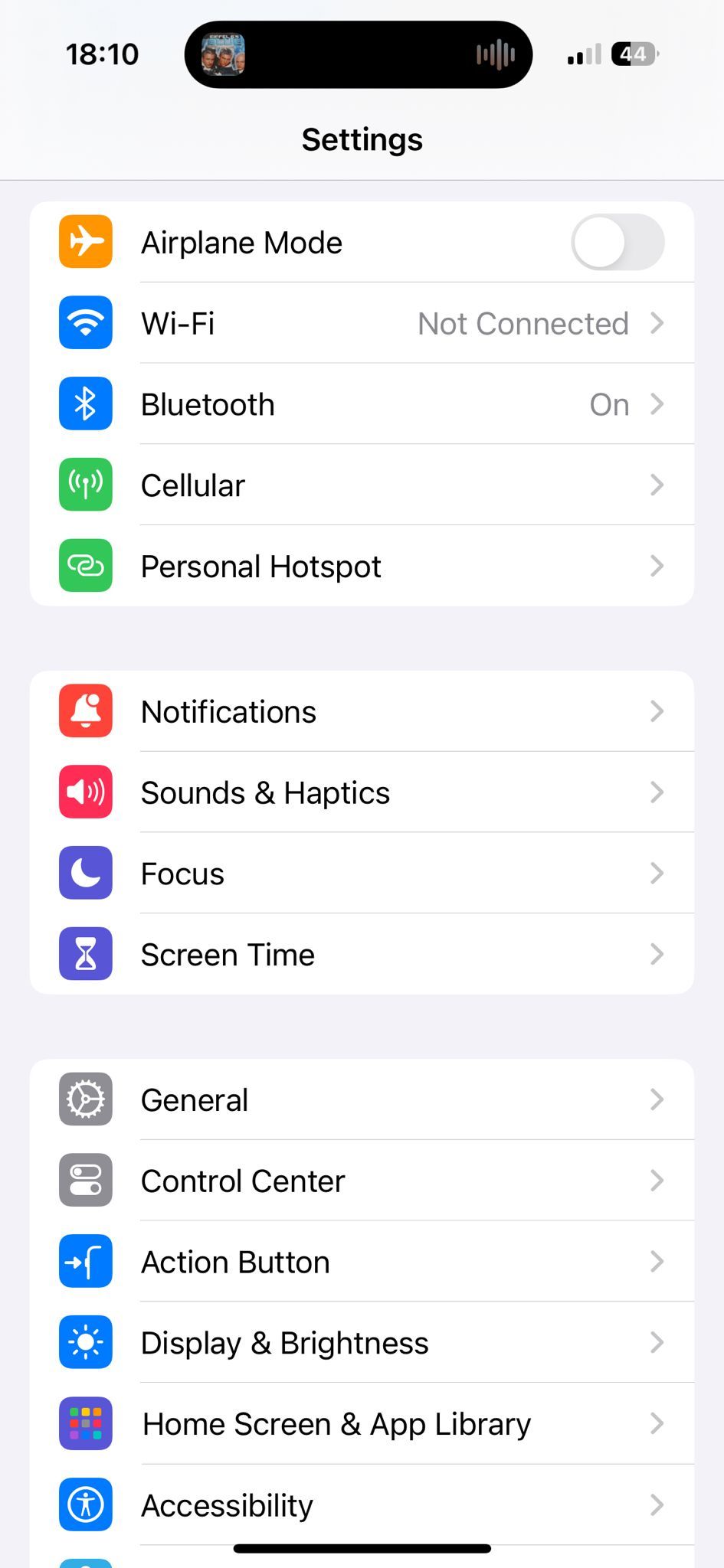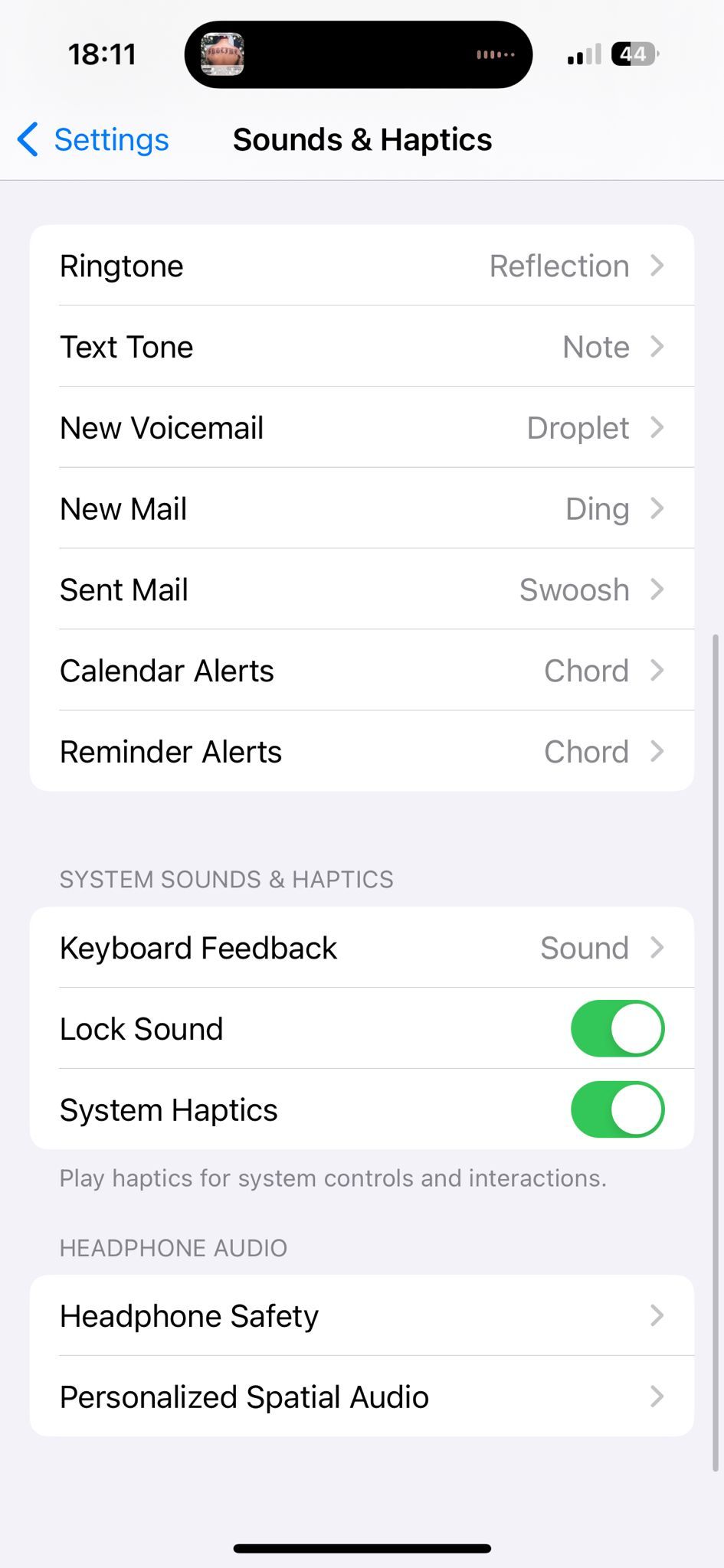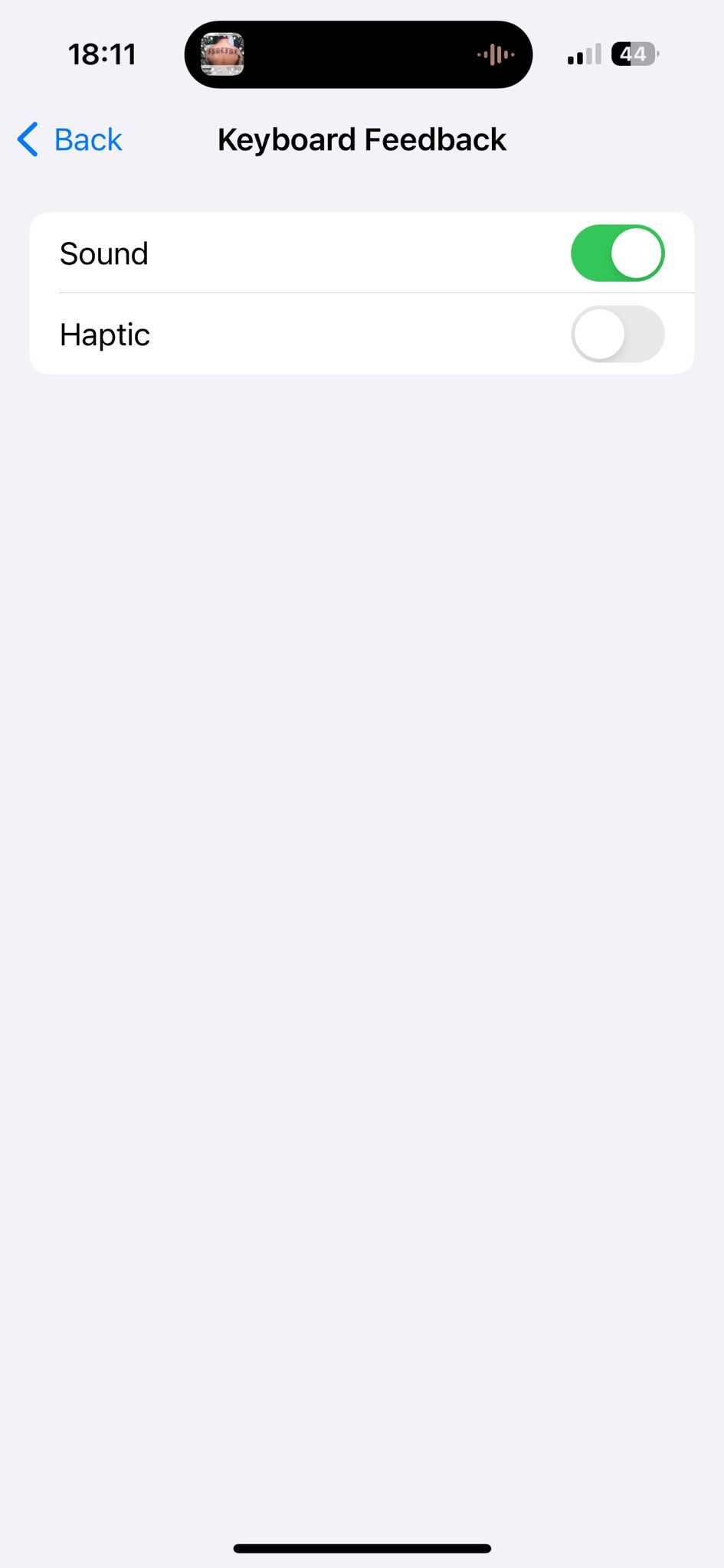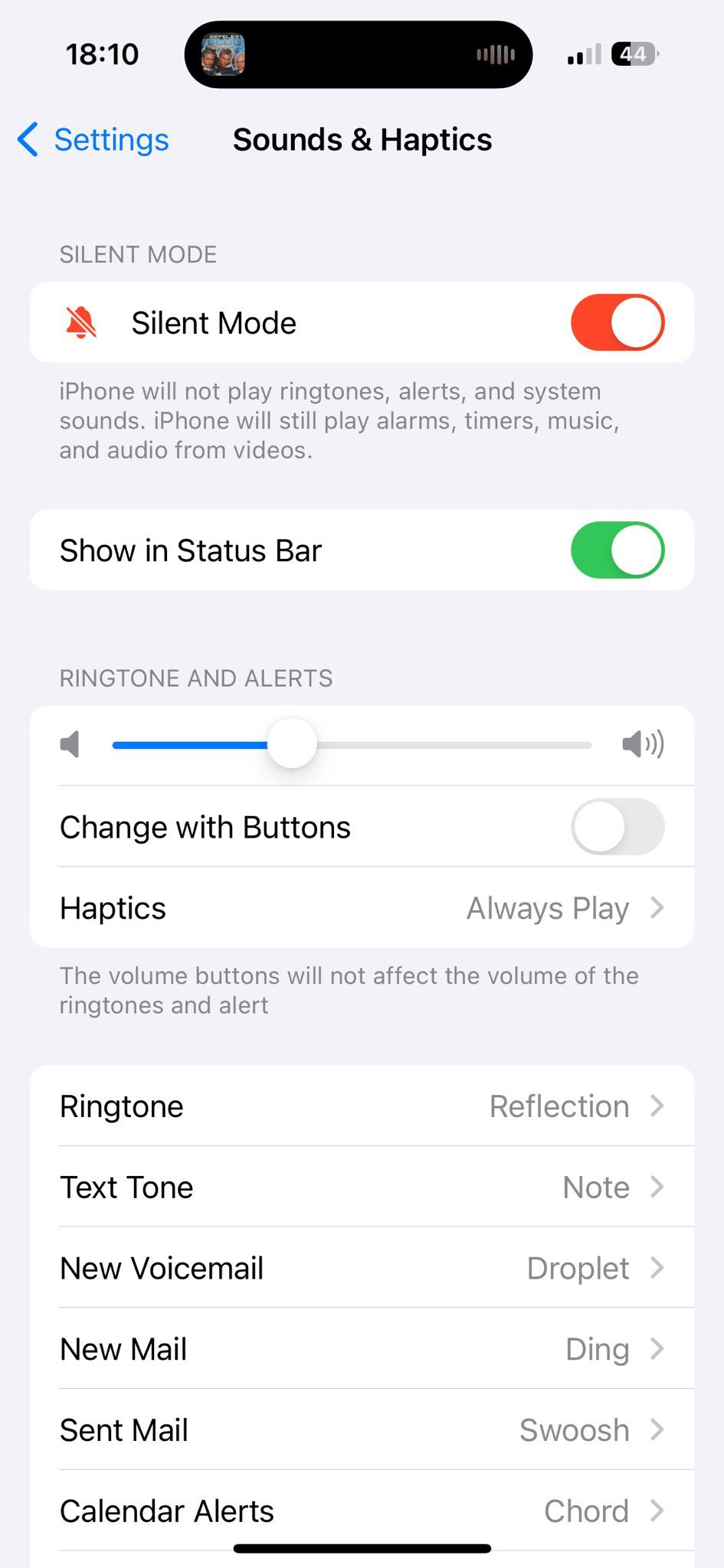When Apple released the first iPhone in 2007, it popularized a new way of interacting with handsets: a capacitive touchscreen. Today, about 17 years later, most mobile phones, including affordable smartphones, use the same touchscreen technology, allowing for modern user interfaces and customizable options for applications and other devices.
The problem with touchscreens
Touchscreens offer plenty of advantages compared to old-fashioned buttons and keyboards. Still, they lack the feedback physical keys provide when pressing them. Apple’s solution makes this seamless for most users. It provides audio feedback that emulates key presses when using the user interface and typing with Apple’s built-in keyboard.
Audio feedback isn’t discreet and can be inconsiderate when used in public spaces. You can turn on a lesser-known option, which uses your iPhone’s built-in vibration module to provide haptic feedback. This option simulates the natural feedback from pressing physical keys. Here’s how to turn on these options on your iPhone.
How to turn on keyboard haptic feedback on your iPhone
If you feel like you’re missing some physical feedback when typing on your iPhone, turn on haptic feedback. Your iPhone will mildly vibrate every time you tap a key on the iOS virtual keyboard. Here’s how to turn it on:
- Open your iPhone Settings.
- Tap Sound & Haptics.

- Scroll down and tap Keyboard Feedback under System Sounds & Haptics.
- Turn on Haptic to activate the feedback. It’s best to deactivate Sound feedback, as both may be annoying when used together.


How to turn on haptic feedback on your iPhone for system interactions
In addition to receiving haptic feedback when using your iPhone, you can set it to provide haptic feedback when interacting with iOS. Similarly, you can adjust the haptic feedback when receiving calls and alerts on your iPhone:
- Open your iPhone Settings.
- Tap Sound & Haptics.

- Go to Ringtones and Alerts and select Always Play to receive haptic feedback when you receive calls and alerts on your iPhone.
- Scroll down and turn on System Haptics under System Sounds & Haptics to receive haptic feedback when using iOS system features.


Customize your iPhone and make it your own
If you’re new to iOS or switching to an iPhone from Android, check out our tutorial about the important things to know before making the transition. Consider the caveats when moving to iOS from Android, as things may frustrate you. It’s best to be aware of them before switching to another operating system.
If you bought a new iPhone and struggle to use it, read our iPhone user guides to get to know your device and use its basic features, including how to turn it off.
Source link

